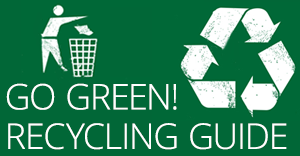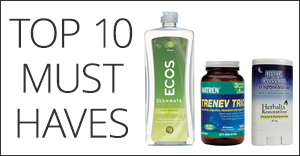Take a green step and learn about composting.
Do you need a natural and easy way to fertilize plants in your garden? Compost is a popular way to do that. It is easy because it can be done with common household items and everyday waste.
It is not only a good way to fertilize plants, but a great way to make better use of garbage and excess trimmings.
According to the United States EPA, yard trimmings and food residuals together constitute 23 percent of the U.S. municipal solid waste stream. That’s a lot of waste to send to landfills when it could become useful and environmentally beneficial compost instead!
“Compost is organic matter that has been decomposed and recycled as a fertilizer and soil amendment.”
Compost is created by combining green waste items from your household, such as grass clippings, teabags, eggshells, fruit and vegetable scraps, old dead leaves, etc..
How to compost:
- Create a bin or buy a bin for your compost.
- Make sure the compost mix you use is balanced. Include a mixture of greens, food, dead leaves, cardboard, paper towels, etc.
- Regulate the conditions of your compost by making sure it gets enough airflow, moisture, and heat.
- Avoid having large clumps of similar material. Materials should be mixed up evenly.
- Make sure not to add any bread, pasta, nuts, or cooked food, as these materials don’t compost easily.
- If your compost comes out right, it is time to harvest!
- Make sure you add coffee grounds to your compost as it will increase the nitrogen content. Nitrogen rich soil works very well for growing vegetables.
Ingredients that can make good compost include:
|
Materials to Compost
|
|
| Browns = High Carbon | Greens = High Nitrogen |
| Ashes, wood Bark Cardboard, shredded Corn stalks Fruit waste Leaves Newspaper, shredded Peanut shells Peat moss Pine needles Sawdust Stems and twigs, shredded Straw Vegetable stalks |
Alfalfa Algae Clover Coffee grounds Food waste Garden waste Grass clippings Hay Hedge clippings Hops, used Manures Seaweed Vegetable scraps Weeds* |
| *Avoid weeds that have gone to seed, as seeds may survive all but the hottest compost piles. | |
Credit for this list: http://www.composting101.com
The compost that is created can be used as a soil conditioner, fertilizer, and even a natural pesticide.
Composting is taking a real green step for any garden and will make Mother Nature happy!

















